Huyana Mumby joins other Native Americans in protest of the Dakota Access Pipeline
February 17, 2017
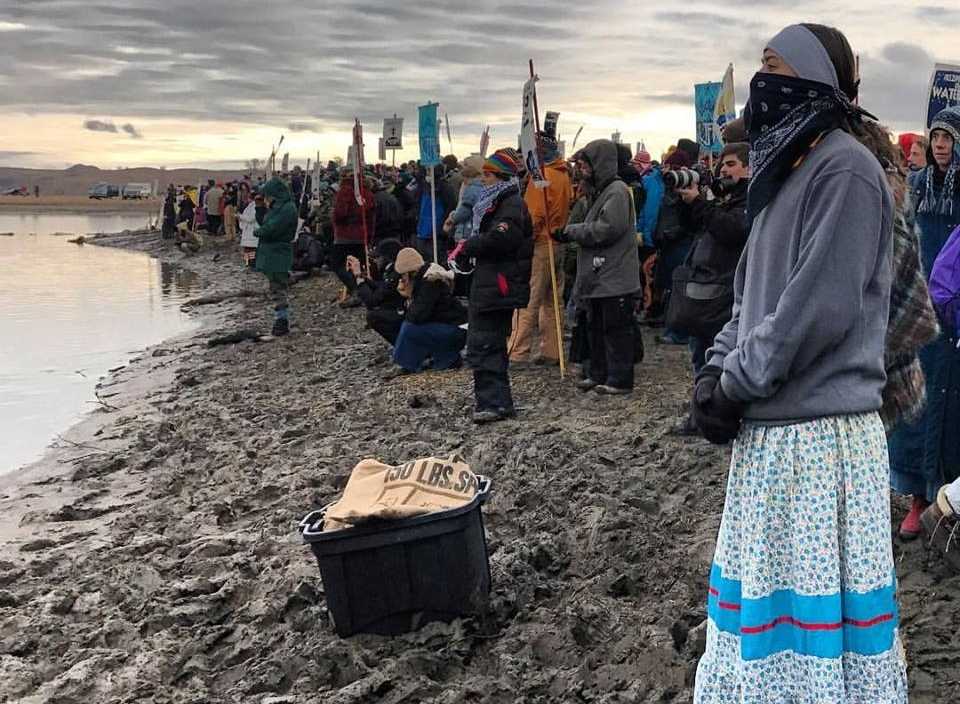 Protestors line along Lake Oahe, North Dakota to block the construction of the Dakota Access Pipeline. At the time this photo was taken, videos surfaced showing officers firing rubber bullets, deploying tear gas and spraying water at the protesters in freezing weather.
Protestors line along Lake Oahe, North Dakota to block the construction of the Dakota Access Pipeline. At the time this photo was taken, videos surfaced showing officers firing rubber bullets, deploying tear gas and spraying water at the protesters in freezing weather.
Last November, freshman Huyana Mumby and her family joined thousands of other Native Americans in North Dakota to protest the construction of the Dakota Access Pipeline (DAPL), a $3.8 billion oil pipeline that would run from North Dakota to Illinois.
Controversy arose last year over a small portion of the pipeline that would travel under Lake Oahe, the only source of water for the Standing Rock Sioux Indian Reservation. The tribe claimed the pipeline risked contaminating the lake in the case of an oil leak and also argued that the pipeline traverses land sacred to the tribe. The Mumby family, along with thousands of other Native Americans from across the nation, rallied behind the tribe to protest the construction of the pipeline.
Mumby said the trip was prompted by her mother, who she described as “someone who likes to stand up for their rights.”
The Mumby family joined a local group of other Native American families in the area to travel by car to North Dakota. The group stayed at Oceti Sakowin, a camp north of Cannon Ball, the site where the construction is planned to take place.
On November 20, Mumby’s parents stood at the frontline of the protests, while she remained back at the camp. Mumby explains, “my parents were too afraid to put me out there,” as it was too dangerous.
The danger Mumby referred to was the fear of officers using excessive force on the protesters. Last Thanksgiving, the time when Mumby’s family was at the protests, videos surfaced showing officers firing rubber bullets, deploying tear gas and spraying water at the protesters in freezing weather. These videos propelled the protests to frontpage news.
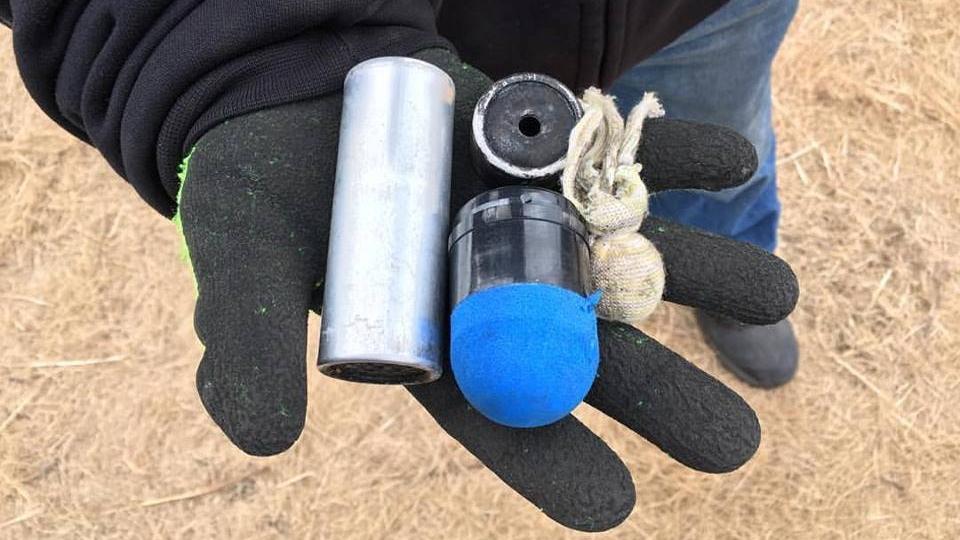 An assortment of the weapons and ammunition officials used on protesters.
An assortment of the weapons and ammunition officials used on protesters. 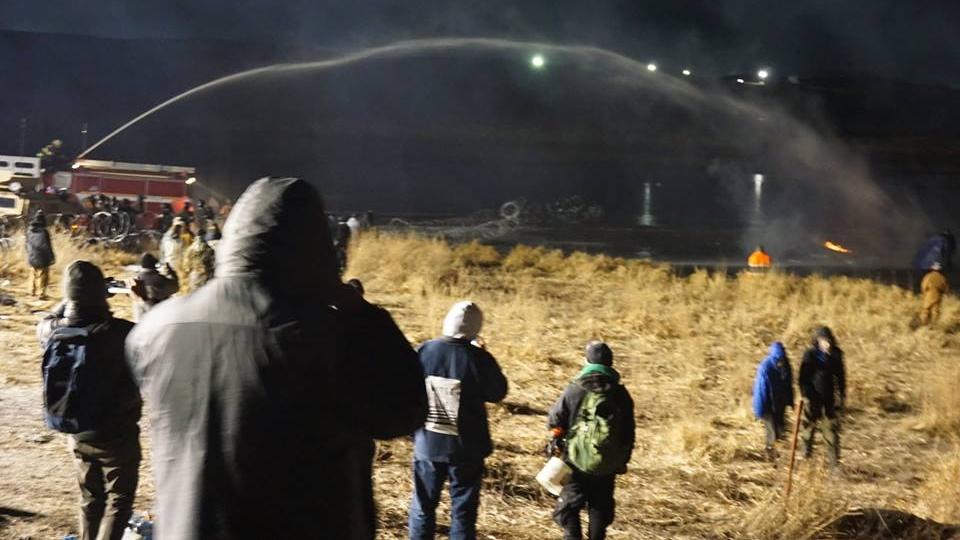 Officials spraying protesters with water in subfreezing weather. Organizers said at least 17 protesters were taken to the hospital — including some who were treated for hypothermia.
Officials spraying protesters with water in subfreezing weather. Organizers said at least 17 protesters were taken to the hospital — including some who were treated for hypothermia. 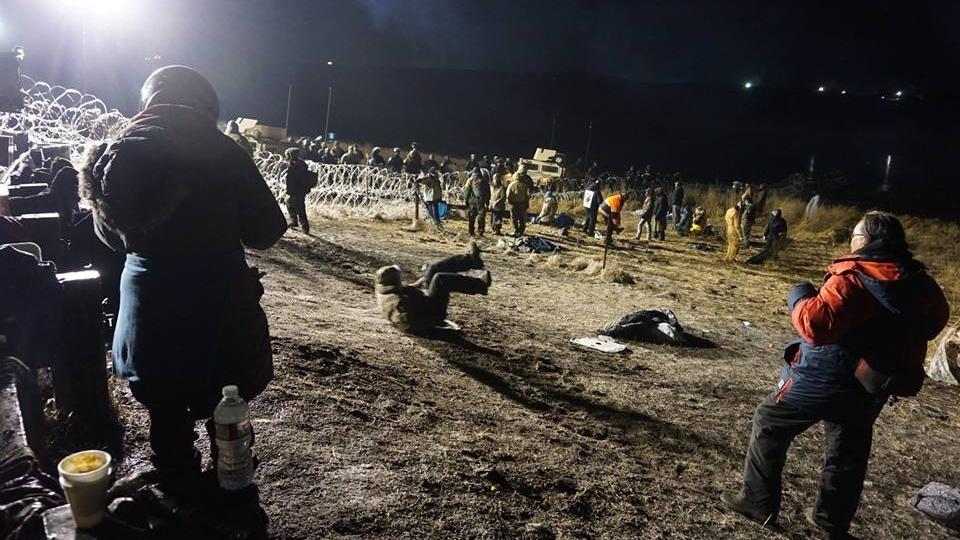 A look at the front-line of protests.
A look at the front-line of protests.
“On Thanksgiving, the youth tried to climb Turtle Island in order to do a prayer ceremony over the graves, but were met with over 100 police,” Mumby said. “I was on the other side of the river bank videotaping.”
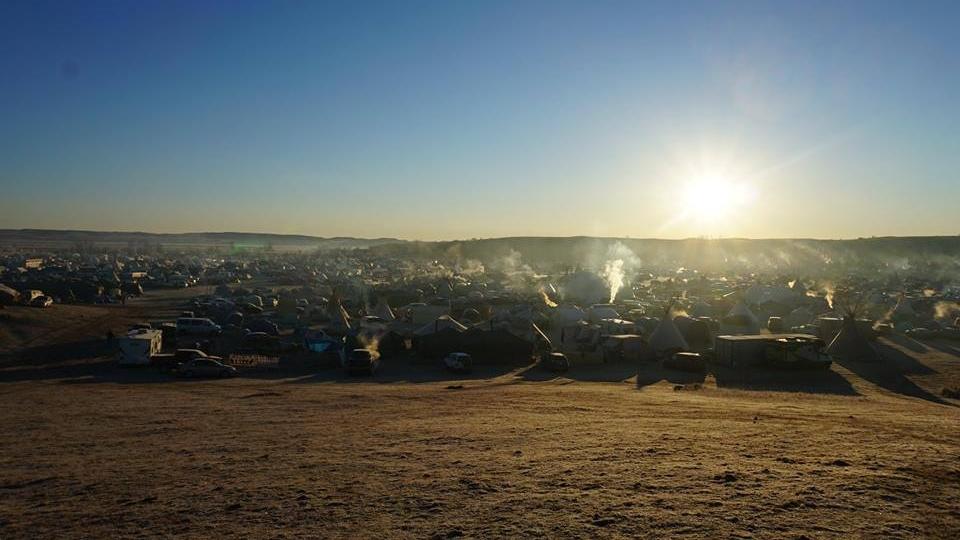
Although the land being used for the pipeline is not technically on the Standing Rock reservation, recently discovered sacred sites and burial places have been found on the land. The protesters say that any bulldozing and construction work could damage these sites. Additionally, the tribe argues that the land had been unjustly taken away from them over the past 150 years.
Supporters of the pipeline, including the local, state and, federal government (now under the Trump administration), say that the pipeline would create jobs and boost tax revenue in surrounding states. Additionally, they argue that oil pipelines are far safer from environmental damage than the common alternative: rail.
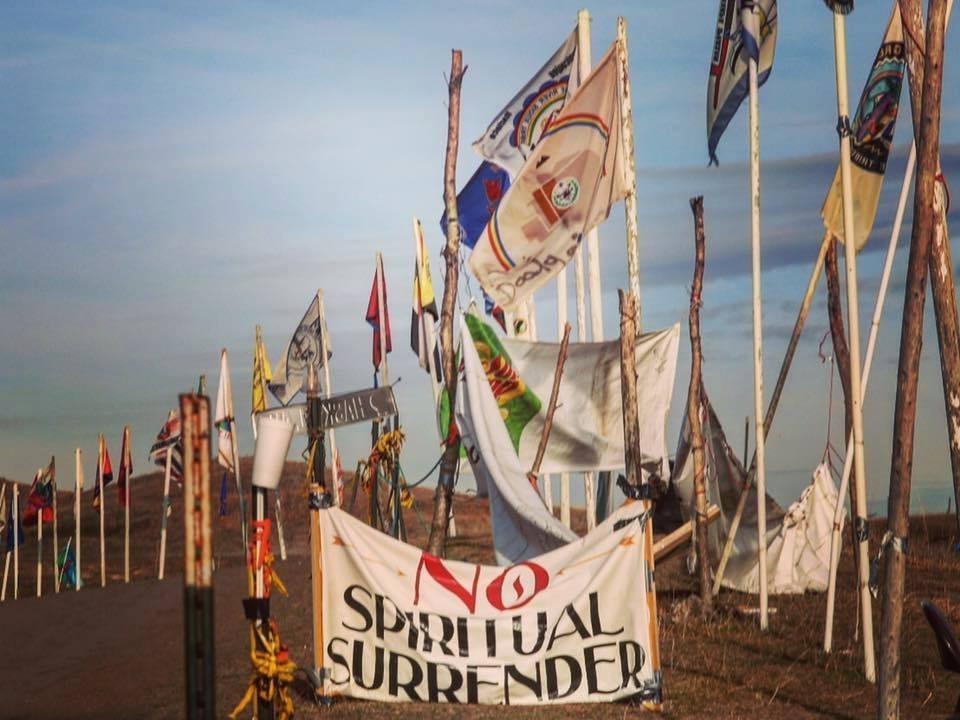
Although construction of the pipeline was postponed under the Obama administration, within his first few days in office, President Trump took action to resume construction of the Dakota Access Pipeline and the Keystone XL pipeline, another oil pipeline blocked by the Obama administration.
Two weeks after Trump’s executive order to advance approval of the DAPL, the U.S. Army Corps of Engineers announced it would grant the final easement to build the pipeline, giving the company the legal right use the property.
In response to the announcement, Standing Rock Sioux Tribe Chairman Dave Archambault responded, “President Trump is legally required to honor our treaty rights and provide a fair and reasonable pipeline process … Americans know this pipeline was unfairly rerouted towards our nation and without our consent.”
The tribe plans to continue to fight the construction of the pipeline in court, but many Native Americans, Mumby included, are pessimistic about the tribe’s chances of stopping the project. Still, Mumby says she is prepared to return to North Dakota to continue protesting the pipeline’s construction.
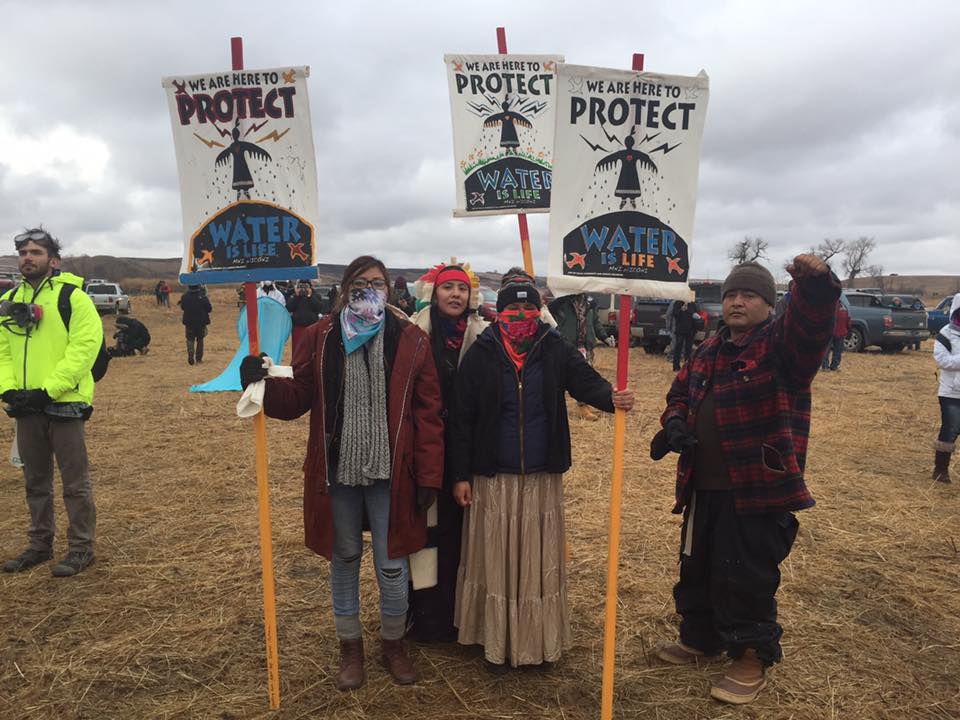
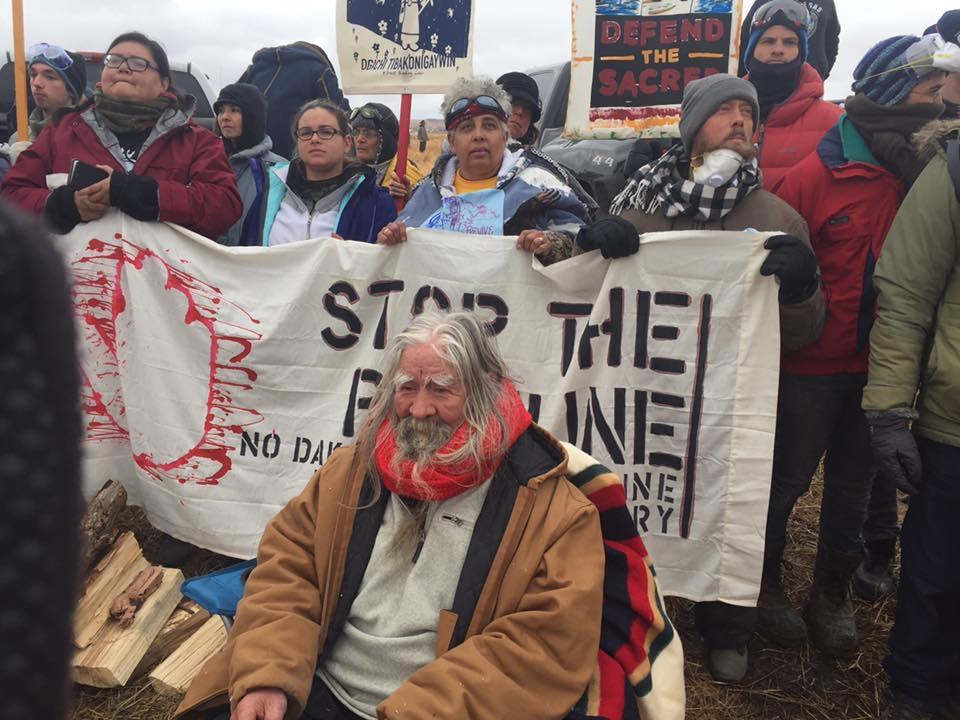 Water Protectors holding up a sign that says “Stop the Pipeline.”
Water Protectors holding up a sign that says “Stop the Pipeline.”
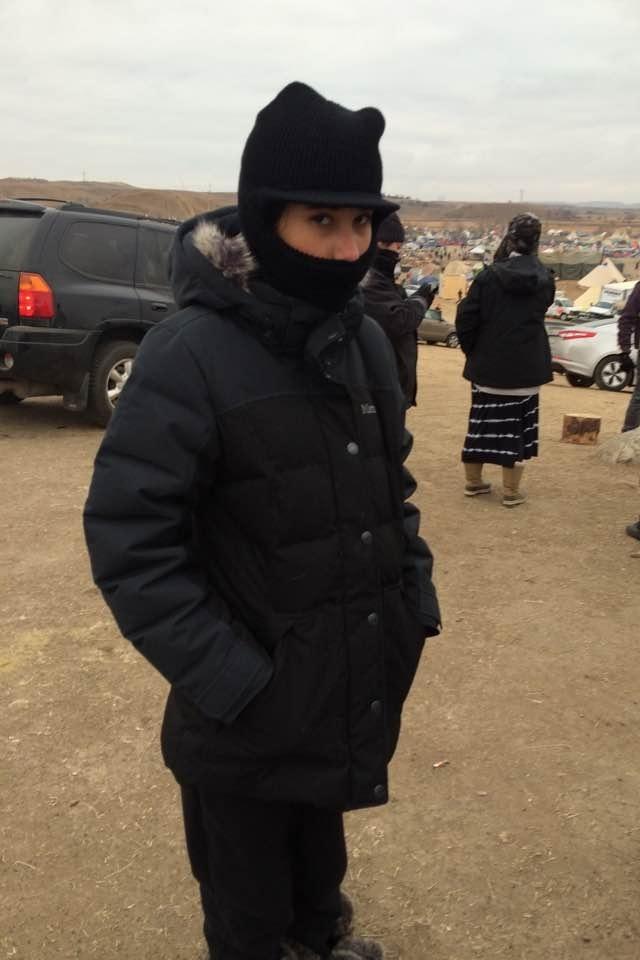
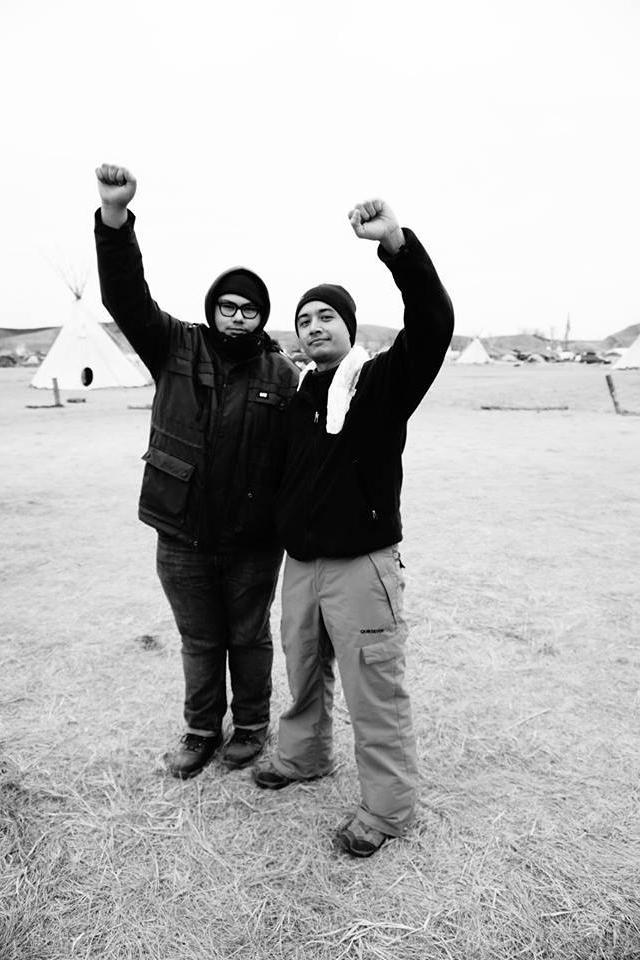

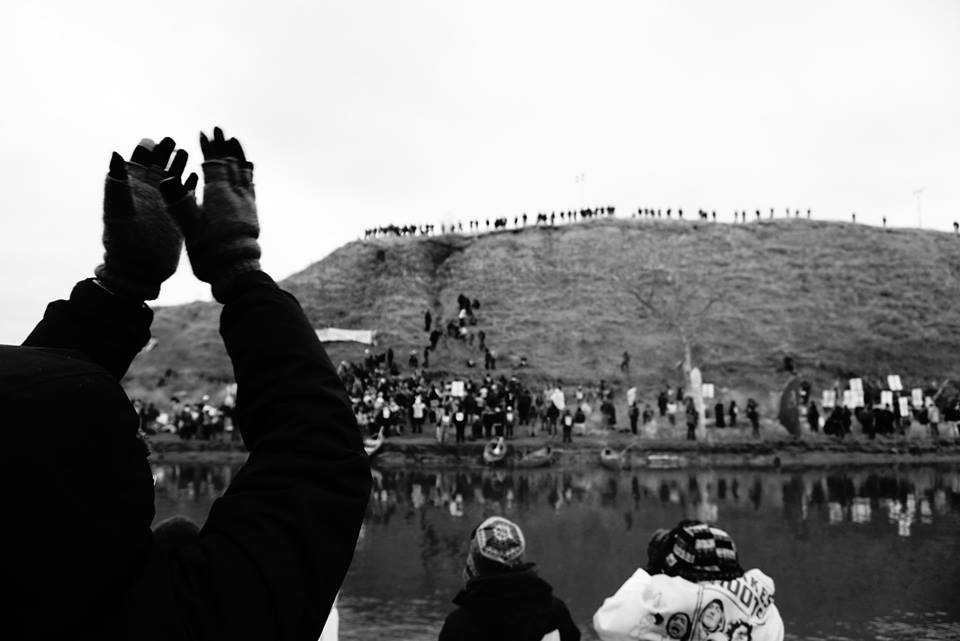



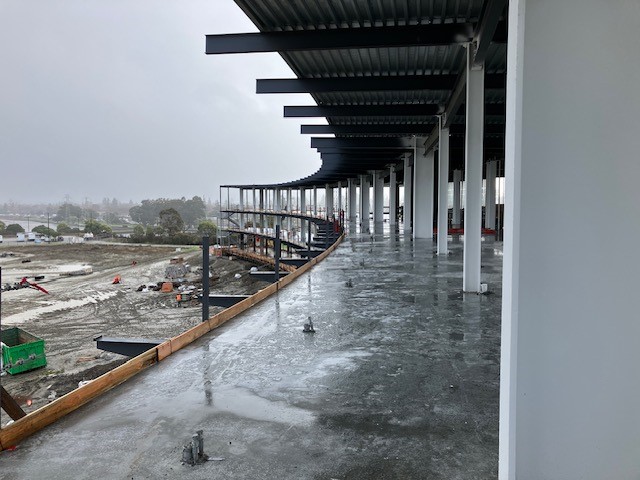

![WASC looks for more than the basic California State standards. According to chairperson Mike Woo, “As new rules and new concerns come up through society, [WASC] look[s] is the school doing something about that. Like the biggest trend post-COVID is mental wellness. So is your school doing something to address the mental health of the students? Along with are they still doing the proper academics?”](https://theburlingameb.org/wp-content/uploads/2024/03/IMG_3401-1200x1200.png)



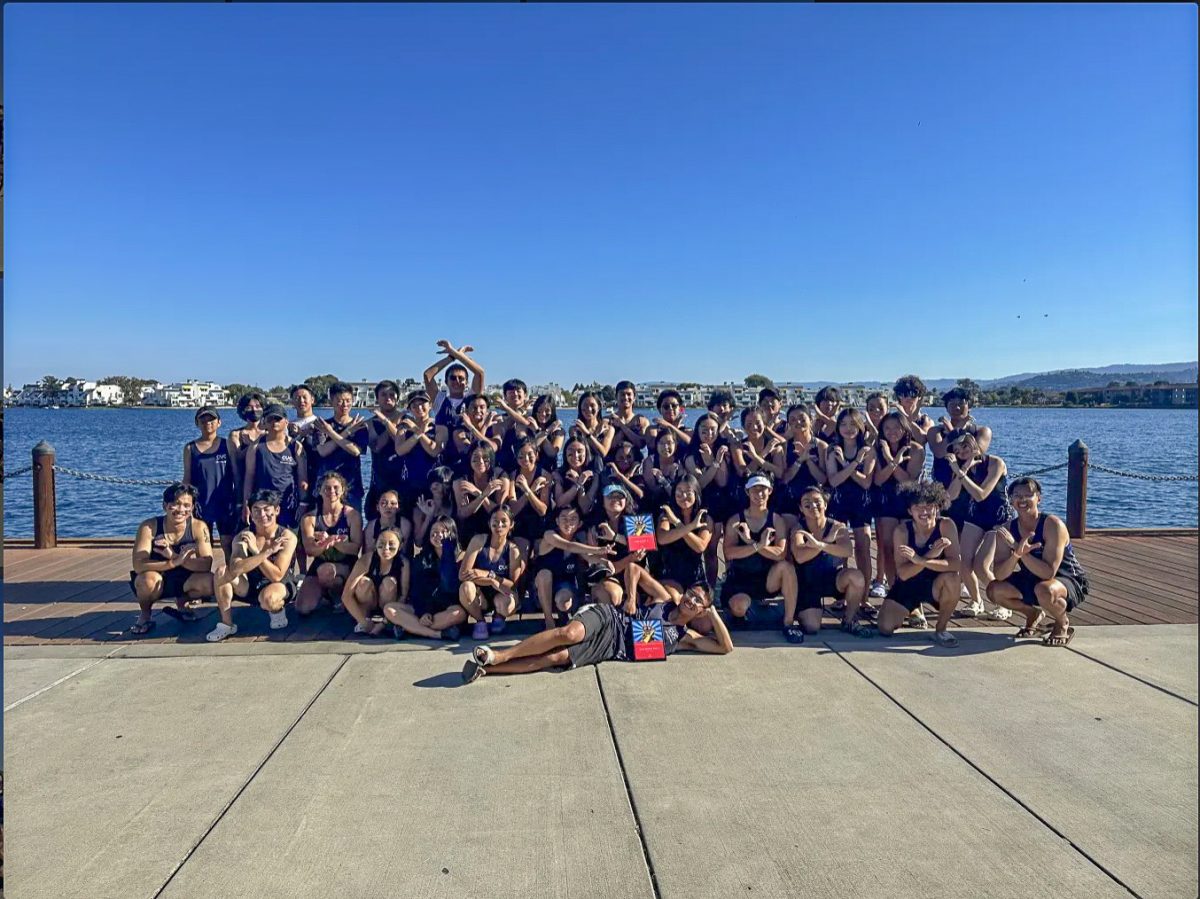


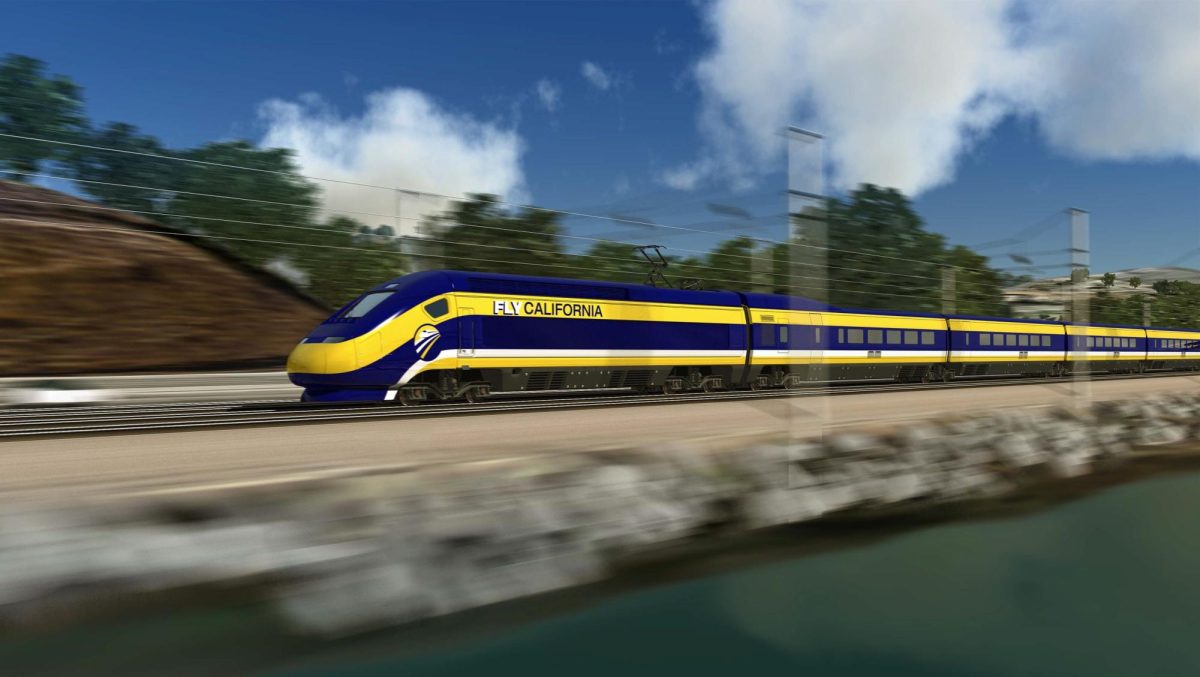










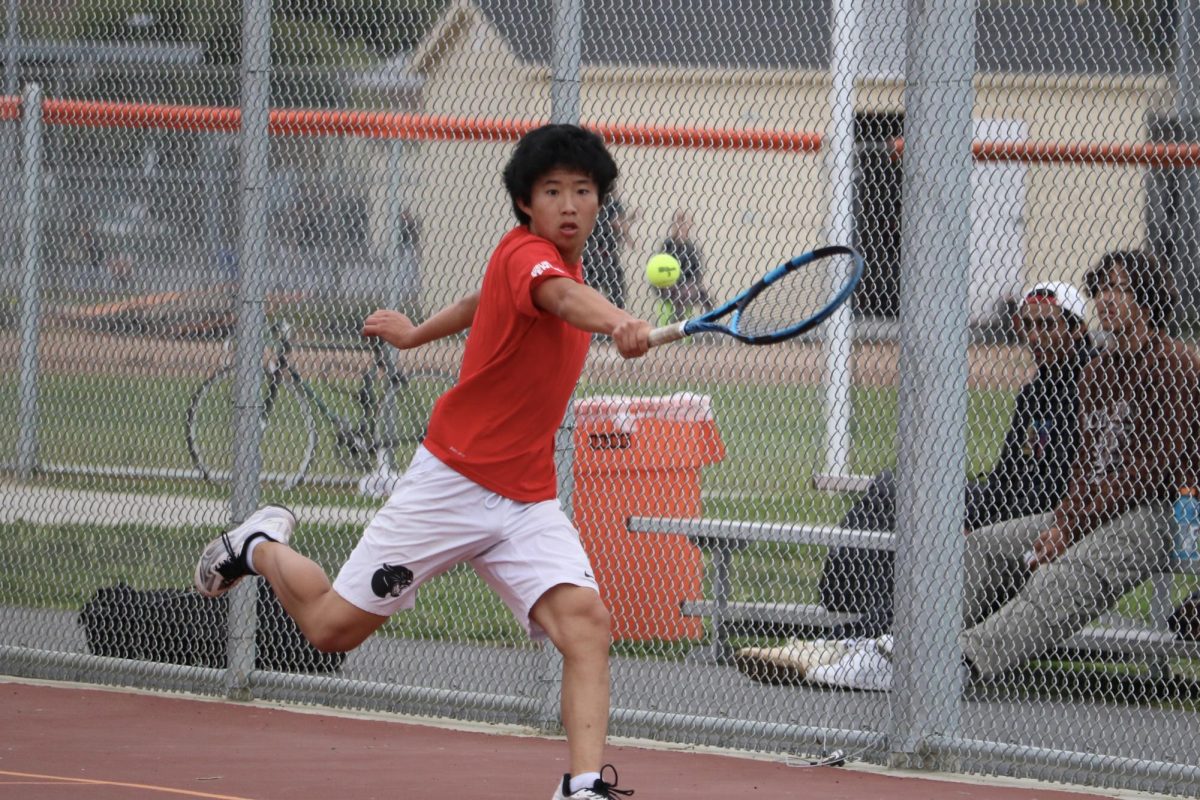





![“For me personally, I want [others] to see the music program as a strong union because we can really bring out the life of our school,” Vega said. “We need music, you know? Otherwise, things would be really silent and dead.”](https://theburlingameb.org/wp-content/uploads/2024/03/unnamed-1200x801.jpeg)







